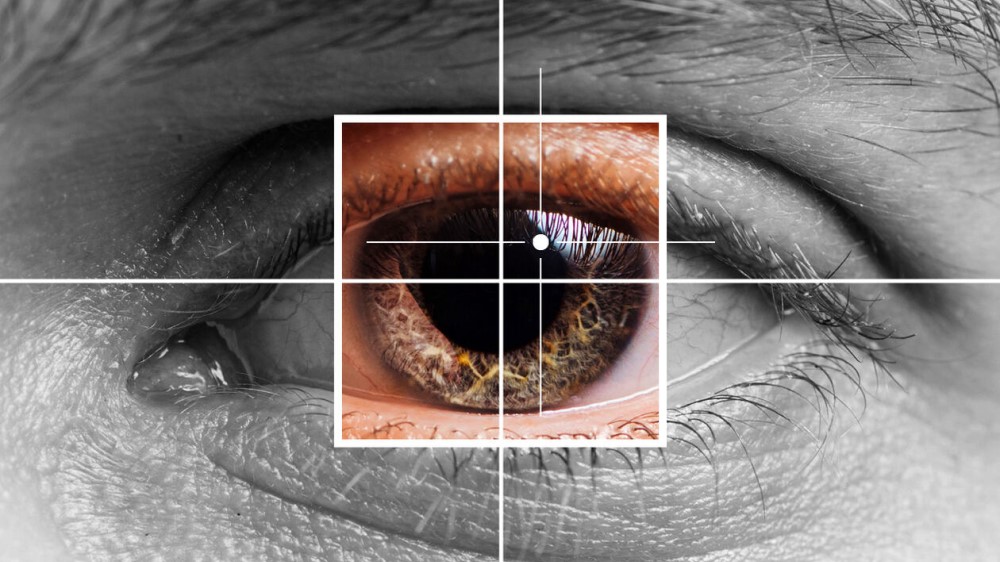The technology of eye tracking is present in fields such as psychology, music research, and criminology. By measuring how the pupils dilate and diminish in different situations, researchers gain an insight into humans’ emotions and cognitive processes.
For instance, eye tracking has taught researchers about children's language skills. By showing a small child a picture of a cat, while at the same time pronouncing another word – such as “ball” – changes in the size of the pupils may reveal whether the child understands the word.
Read more and sign up for the course
“If the child understands, it will get surprised that the word and the picture do not match. This will cause the child’s pupils to dilate. In this way, we can gain an insight into a child’s language skills even if the child is too young to speak,” says Natalia Kartushina, an associate professor at MultiLing Center for Multilingualism in Society across the Lifespan, University of Oslo.
The first course globally

MultiLing and RITMO Center for interdisciplinary research on rhythm, time and motion are launching a new online course together 16 January. The course is open, and participants will not have to hand in assignments or take an exam. At the end of the course, they will receive a certificate as proof of participation.
For RITMO, this is the second open online course on methods that are central to the centre's research. In the first course, launched in 2021, students could learn about motion capture.
“As far as we know, this will be the first free and open online course taught in English on the subject of pupillometry,” says Bruno Laeng, professor of psychology at RITMO.
Technology can detect lies
He believes that most of the participants will be university students, perhaps in the field of psychology. However, the course may also have high relevance for people within marketing, linguistics and musicology, he adds.
Further, eye tracking can be interesting for investigators, since the pupil size can tell whether people are lying or telling the truth: If you lie, the pupils tend to dilate, explains Kartushina.
She adds that even high school students can sign up for the course.
“We will use a simple language, and we will refer to videos and articles that support what we are talking about,” Kartushina says.
A window into mental processes
Course participants will get an introduction to eye-tracking technology. They will also learn about its possibilities and gain an insight into the knowledge provided by the technology so far. Lecturers will explain how the technology can be adapted to different types of research.
According to Kartushina and Laeng, eye tracking is a fairly new method that has entered research just the last couple of decades. They do not expect its importance to decrease in the future.
“The diameter of the pupil is controlled by areas in the brain that regulate attention and arousal. Thus, pupillometry provides a window into mental processes as they occur. For many professionals who want to learn more about the human mind, the method is invaluable,” says Bruno Laeng.
Watch the trailer
